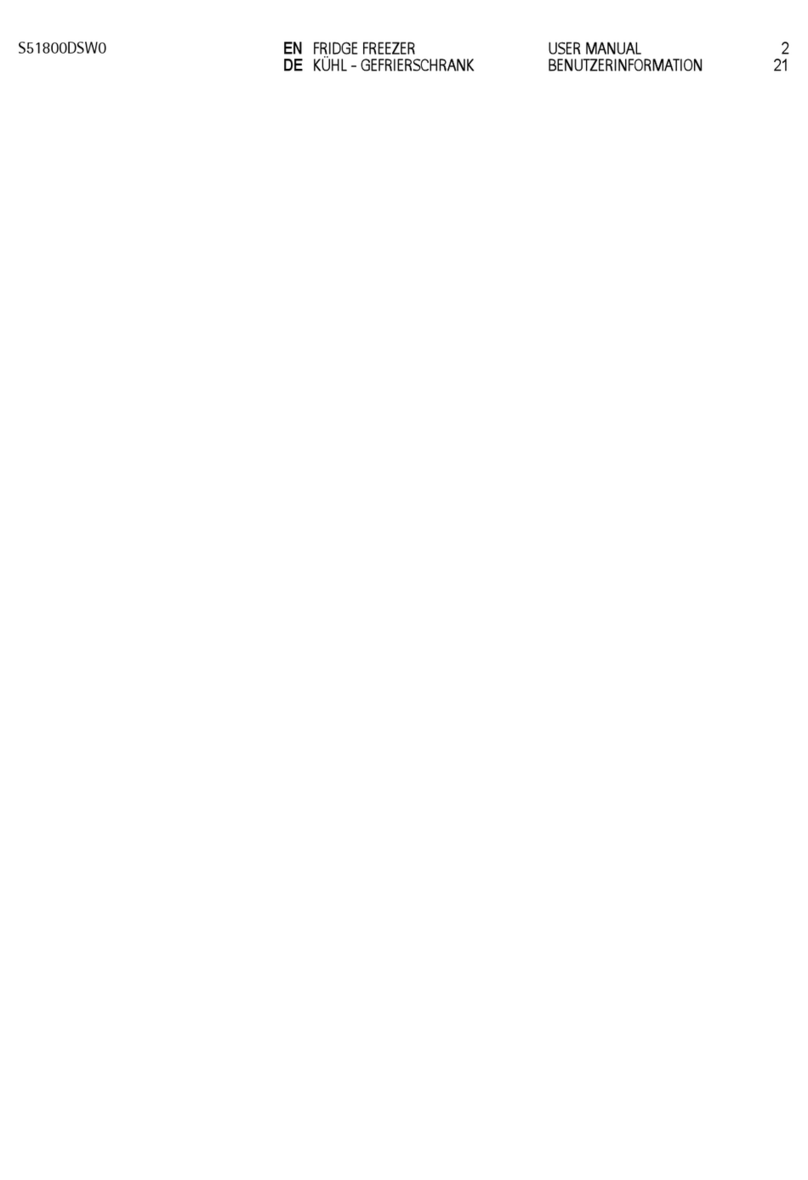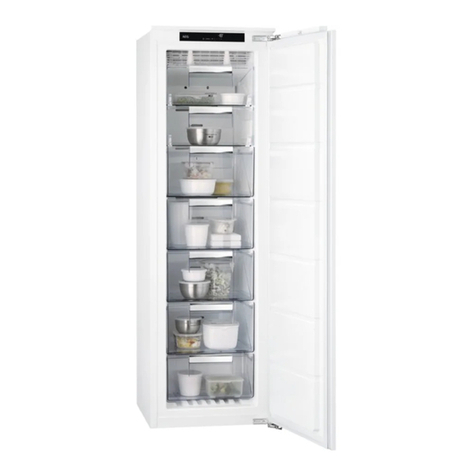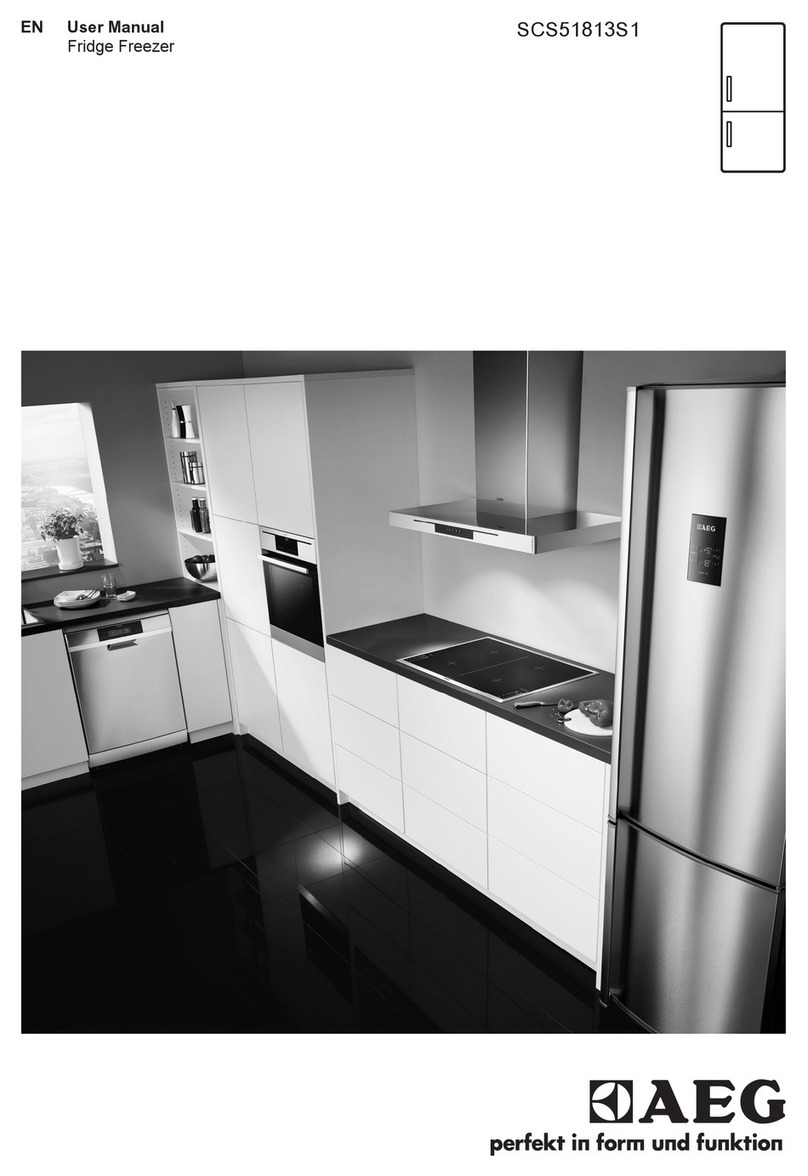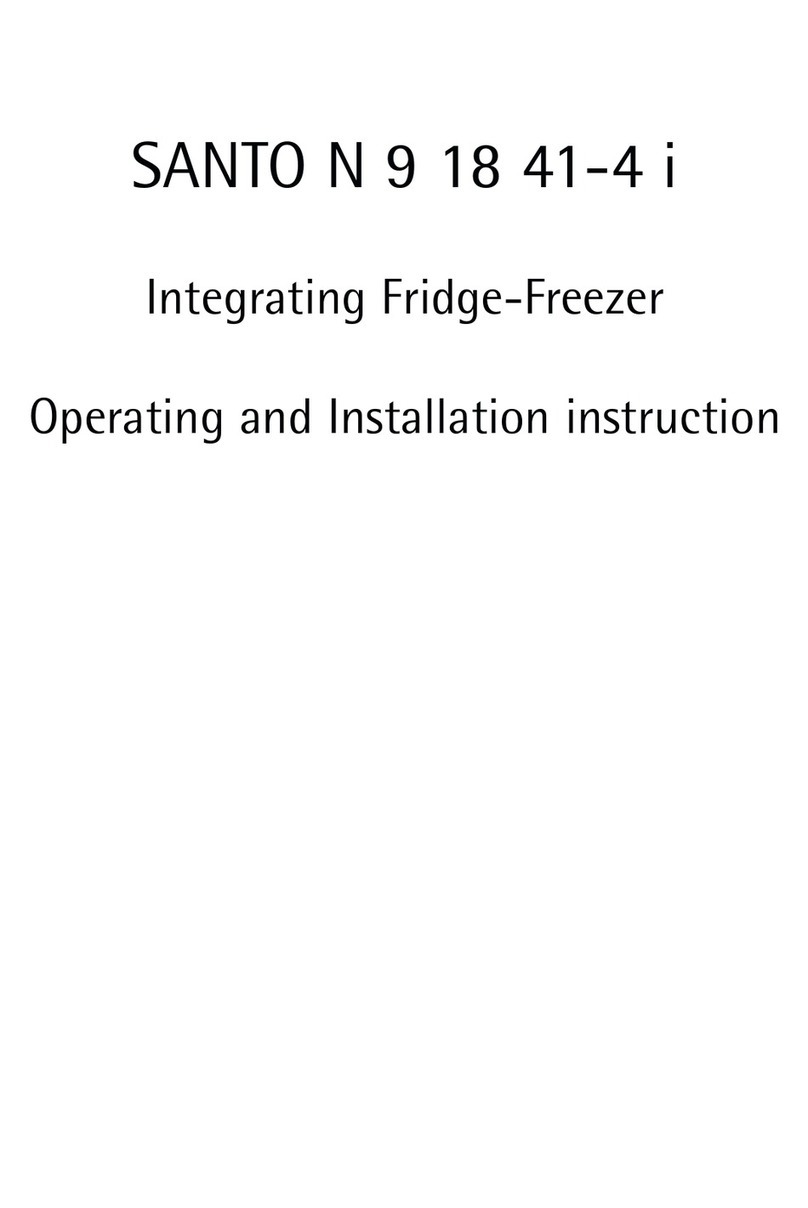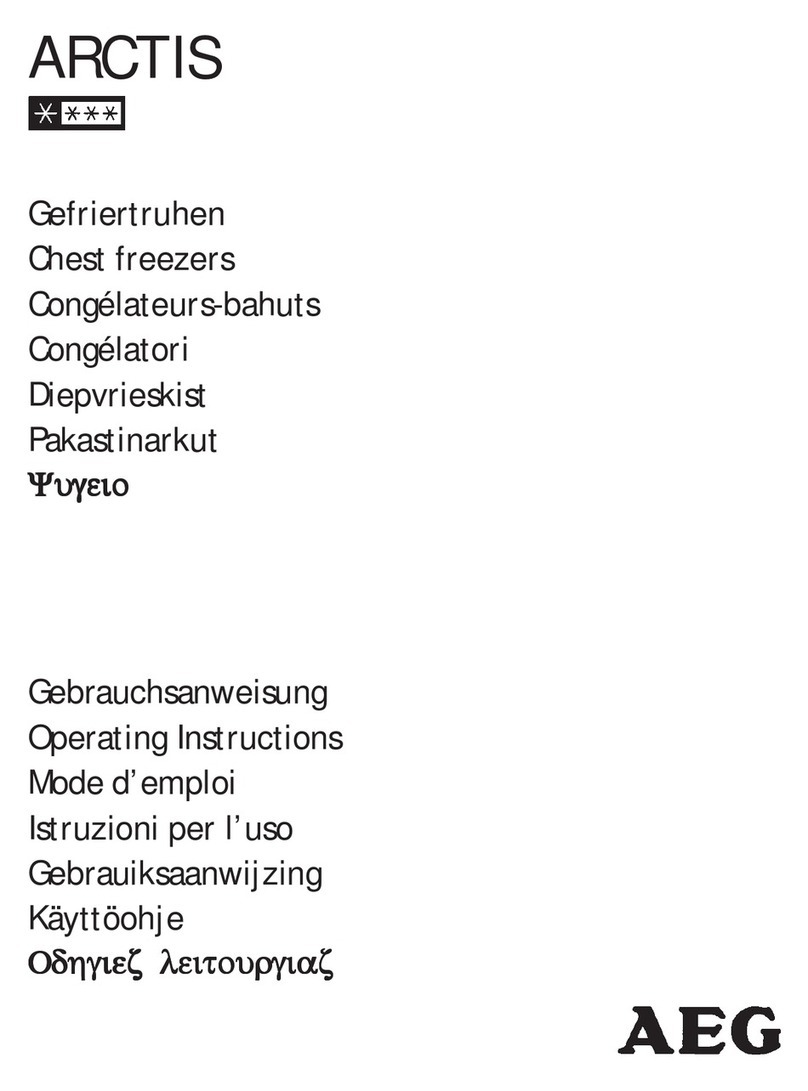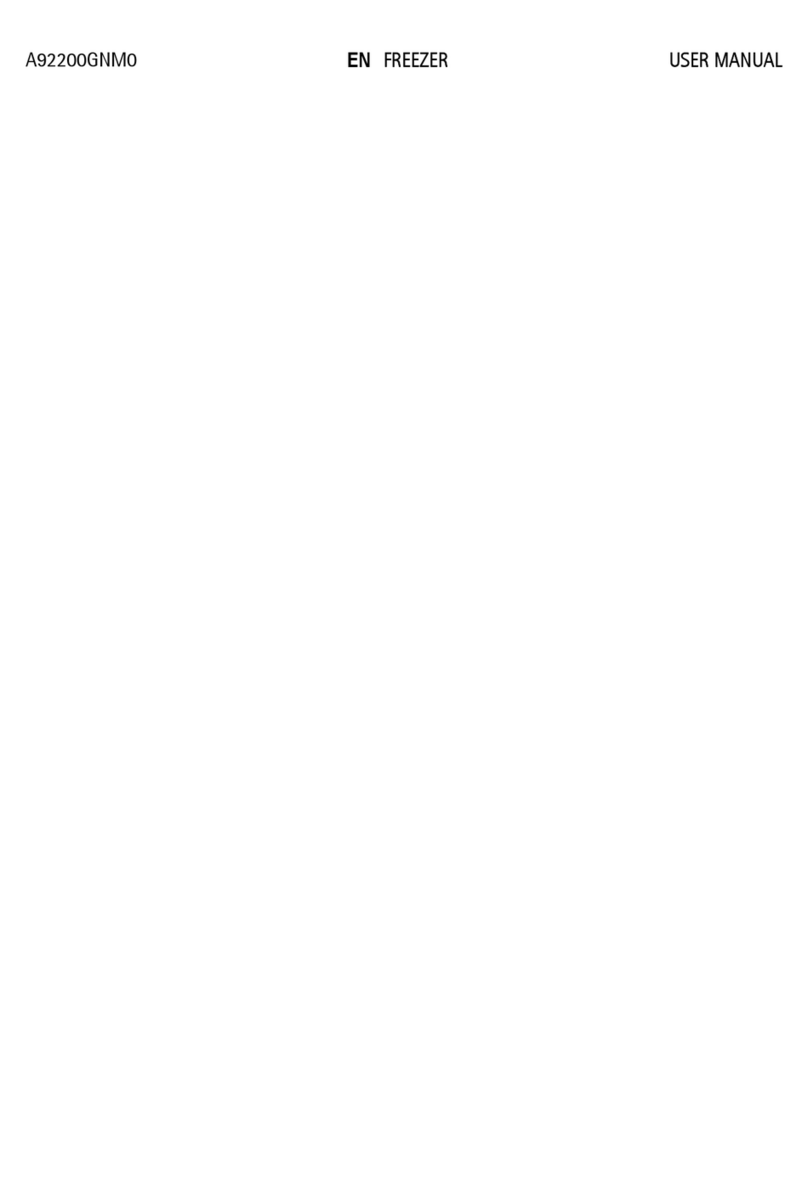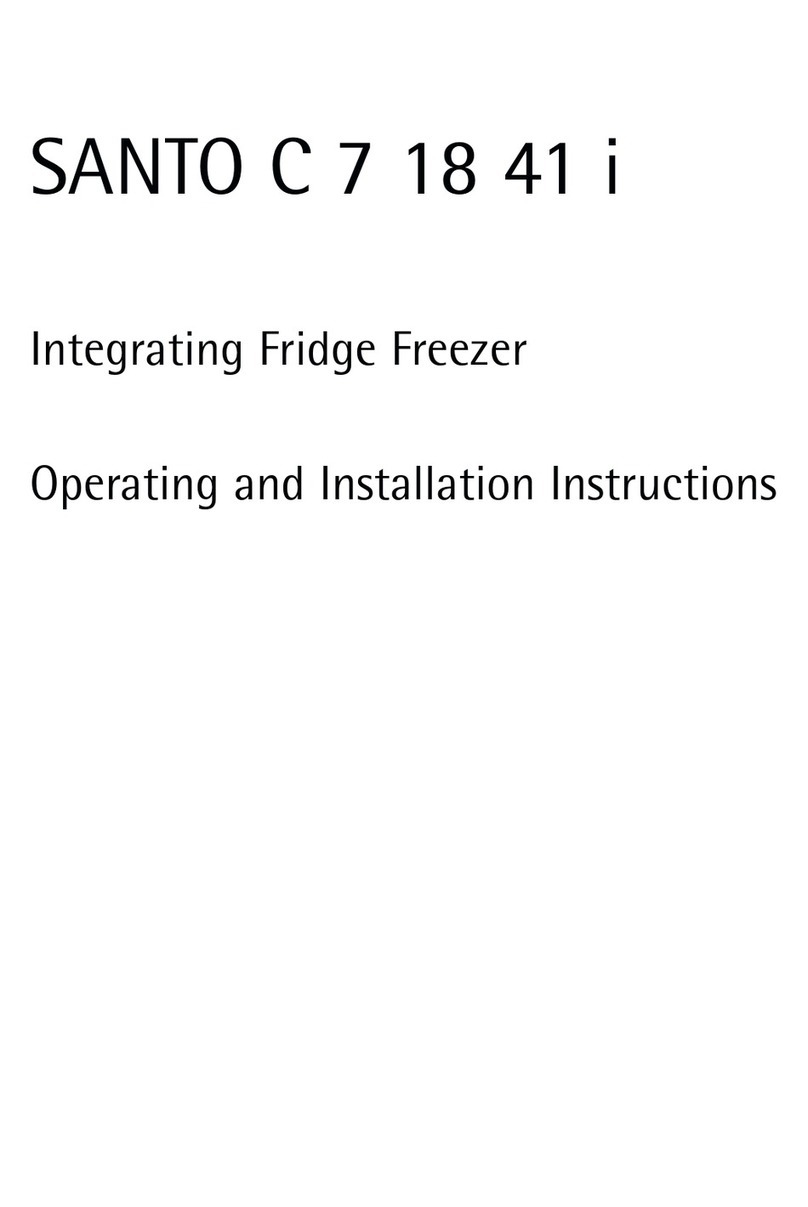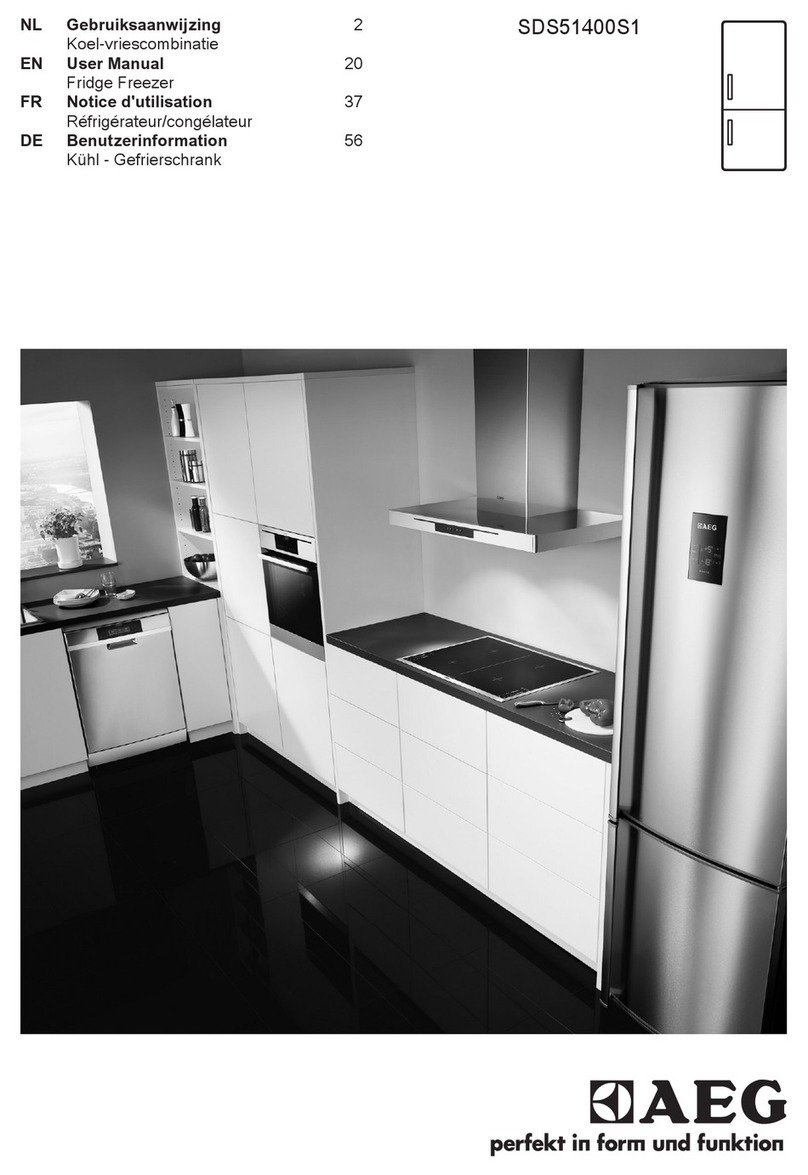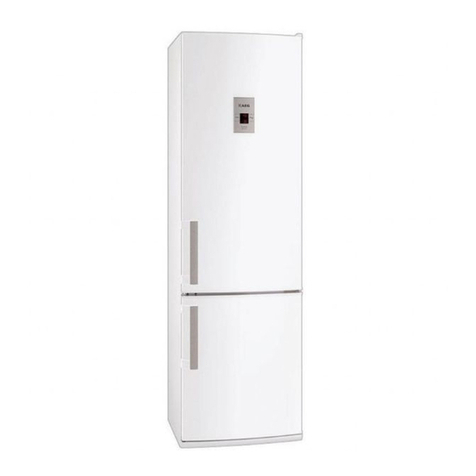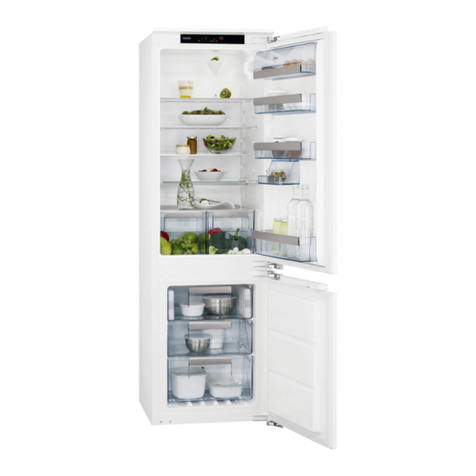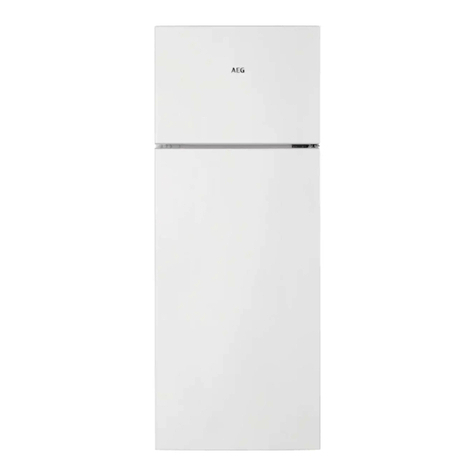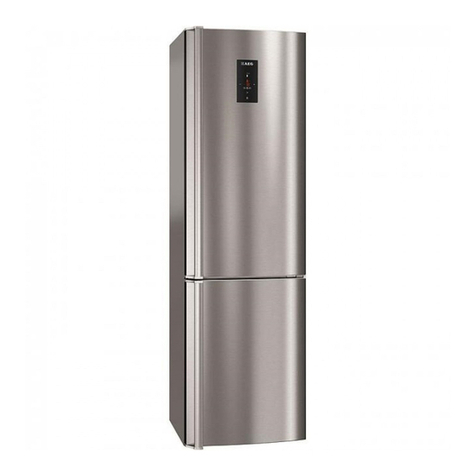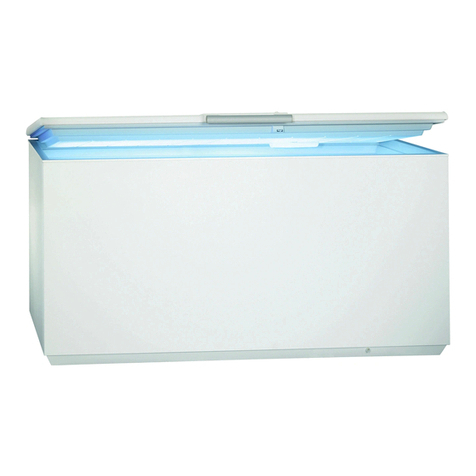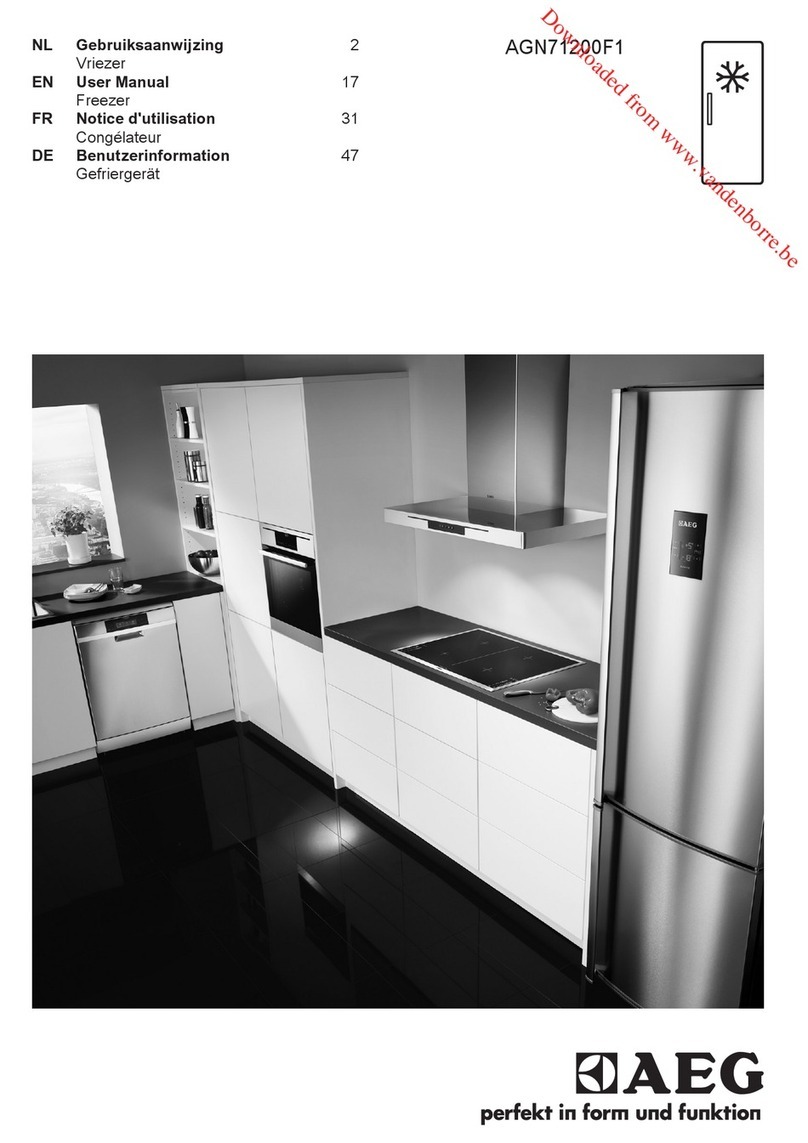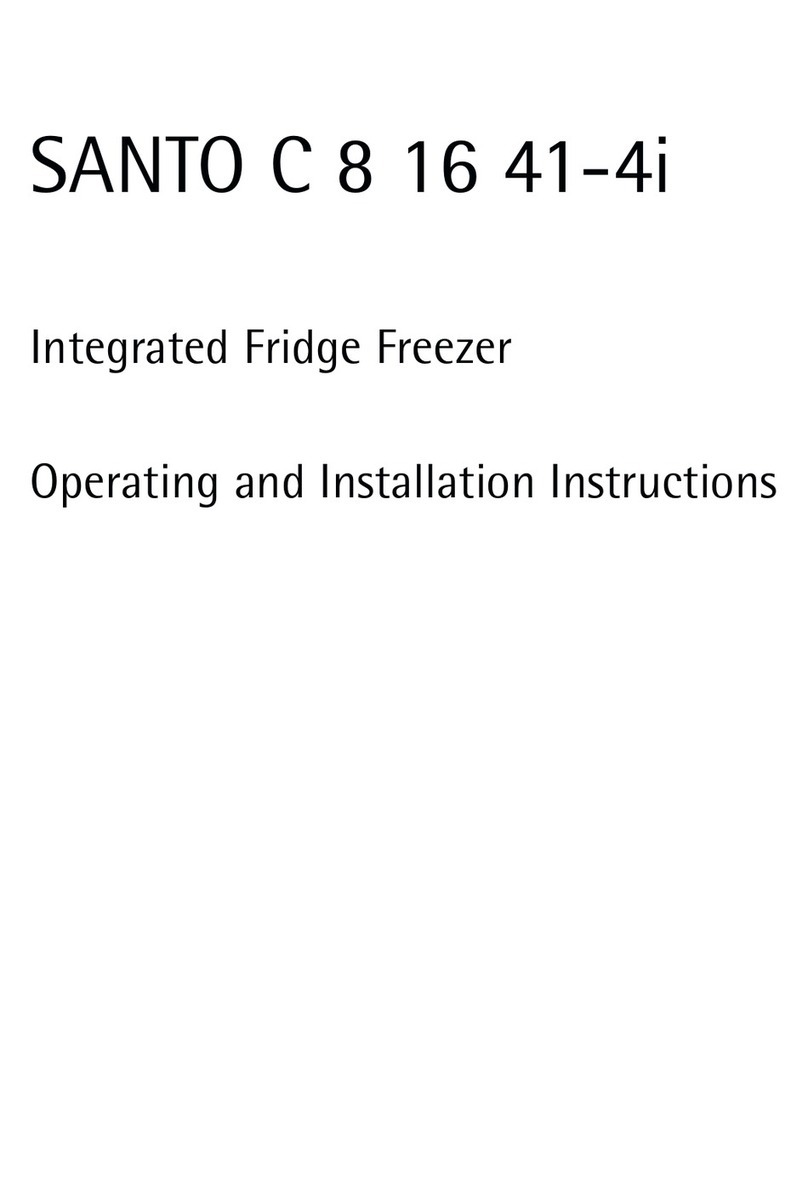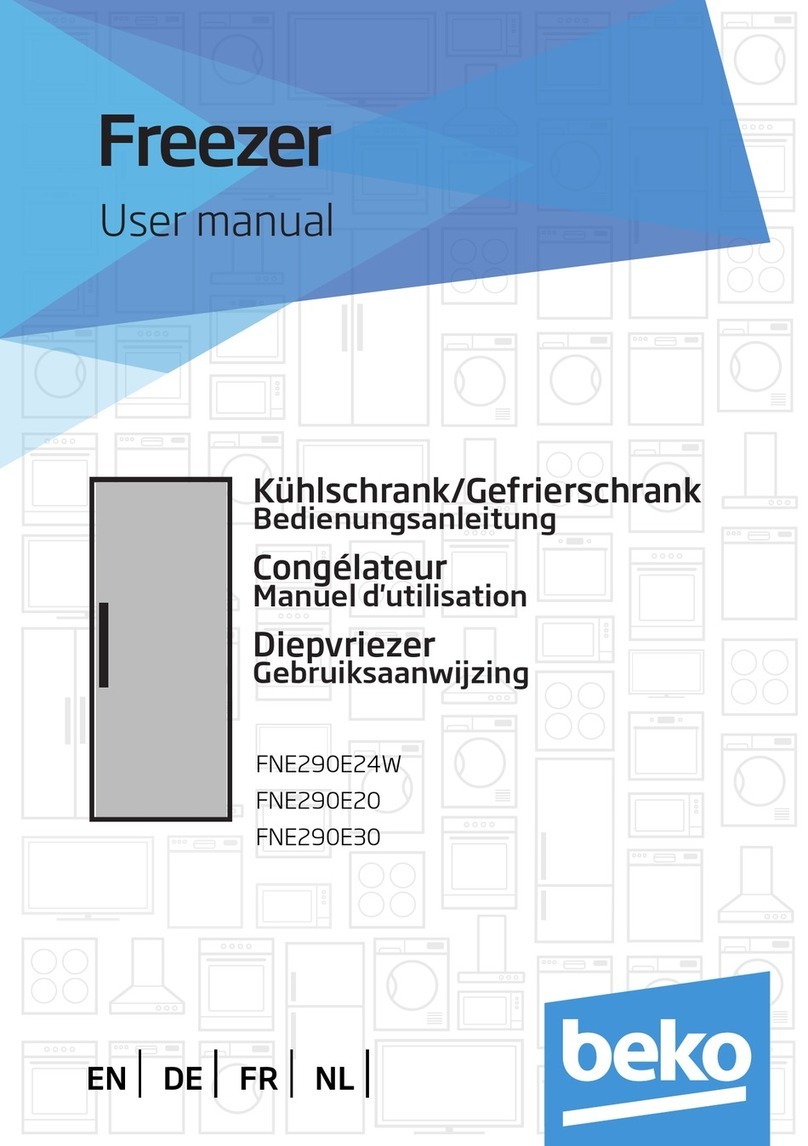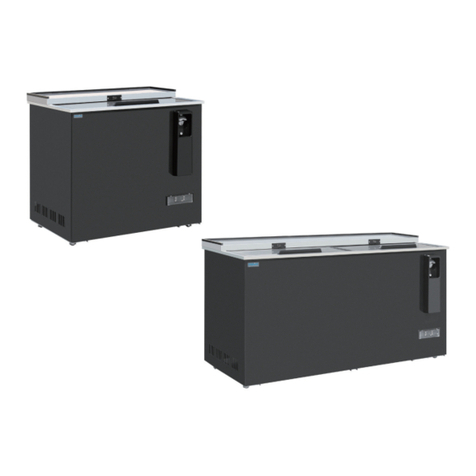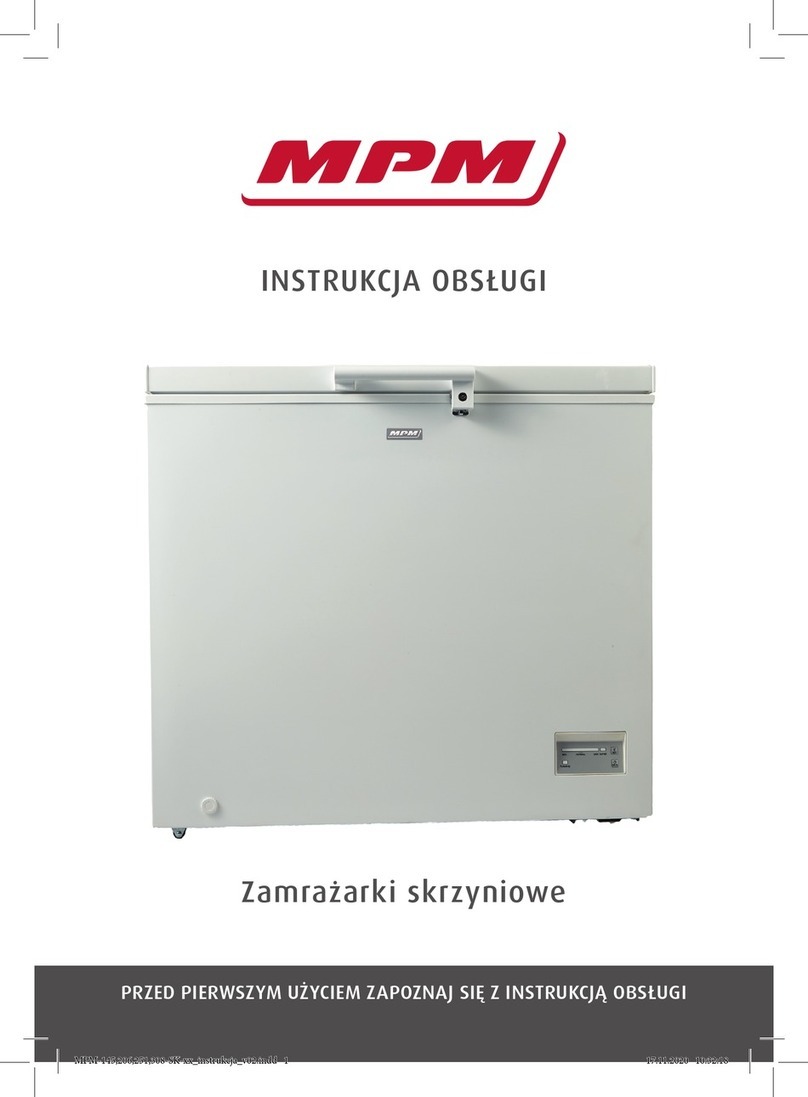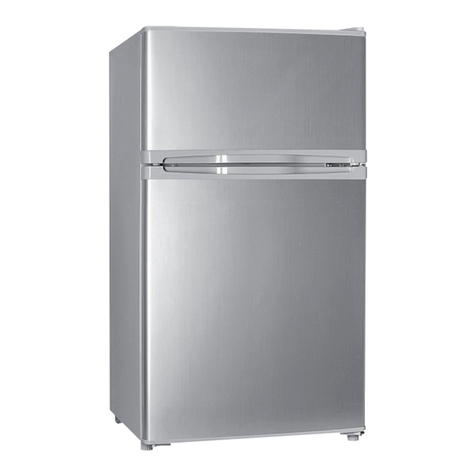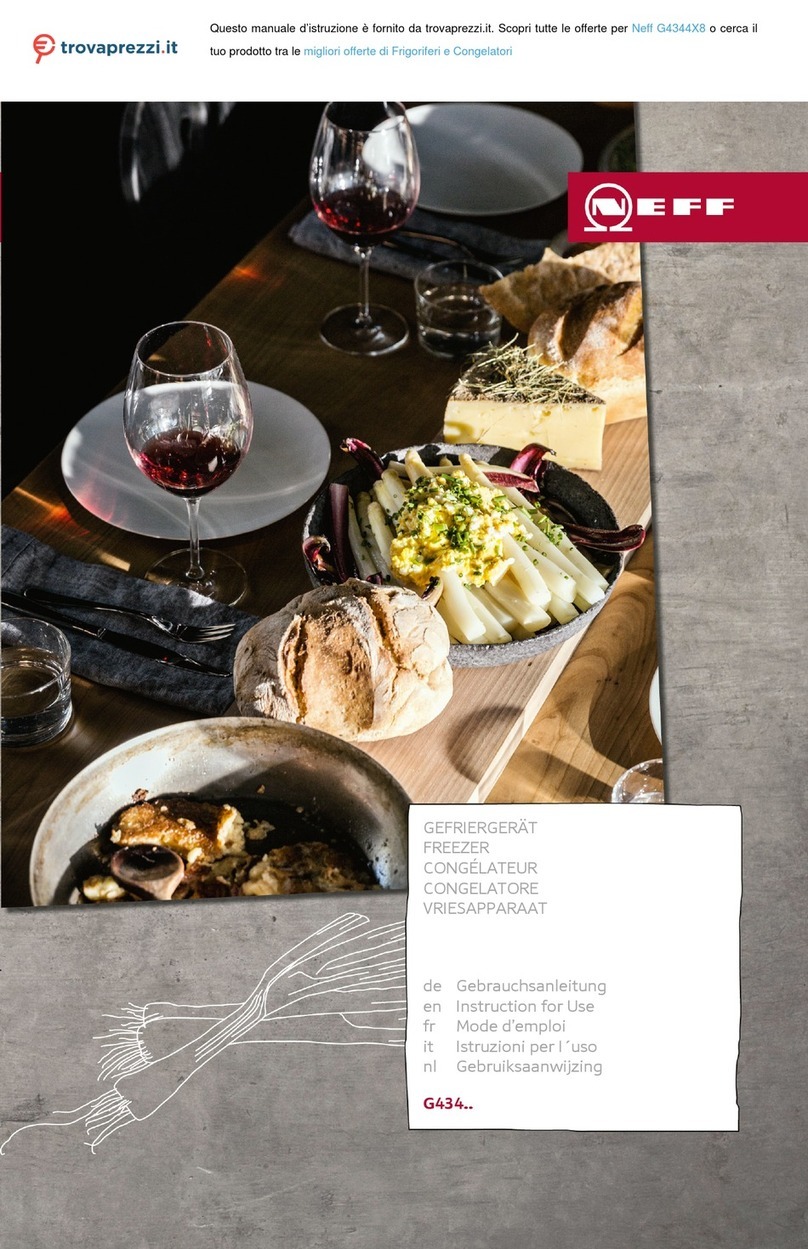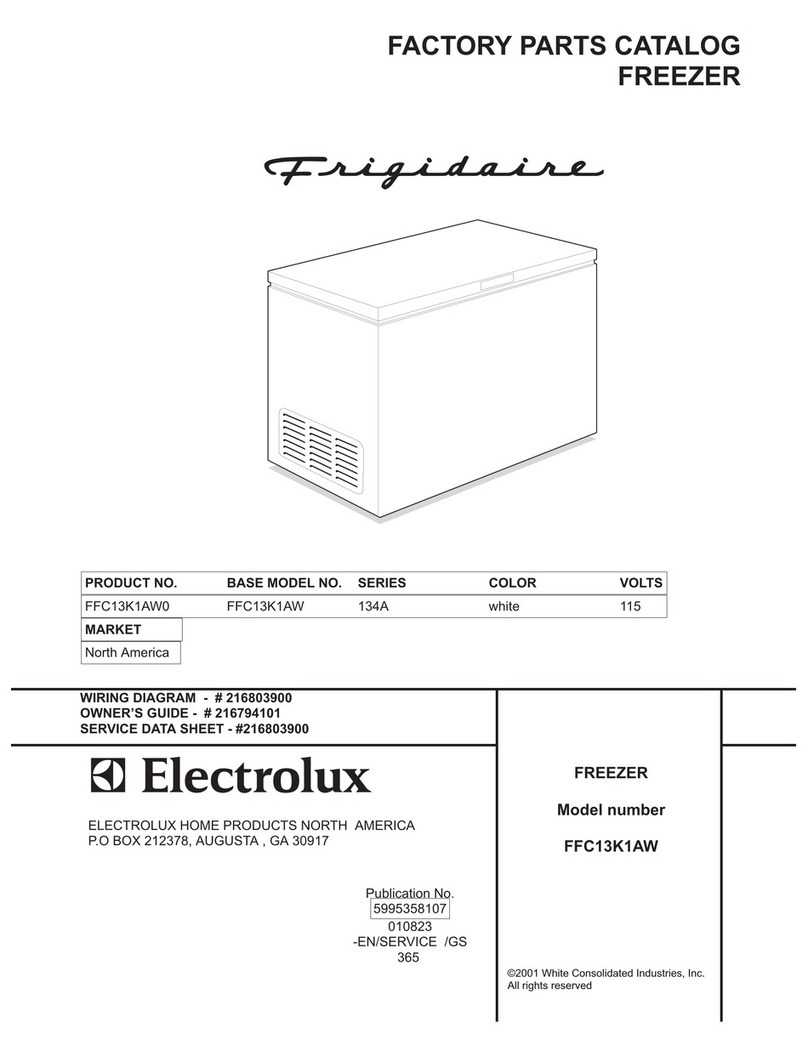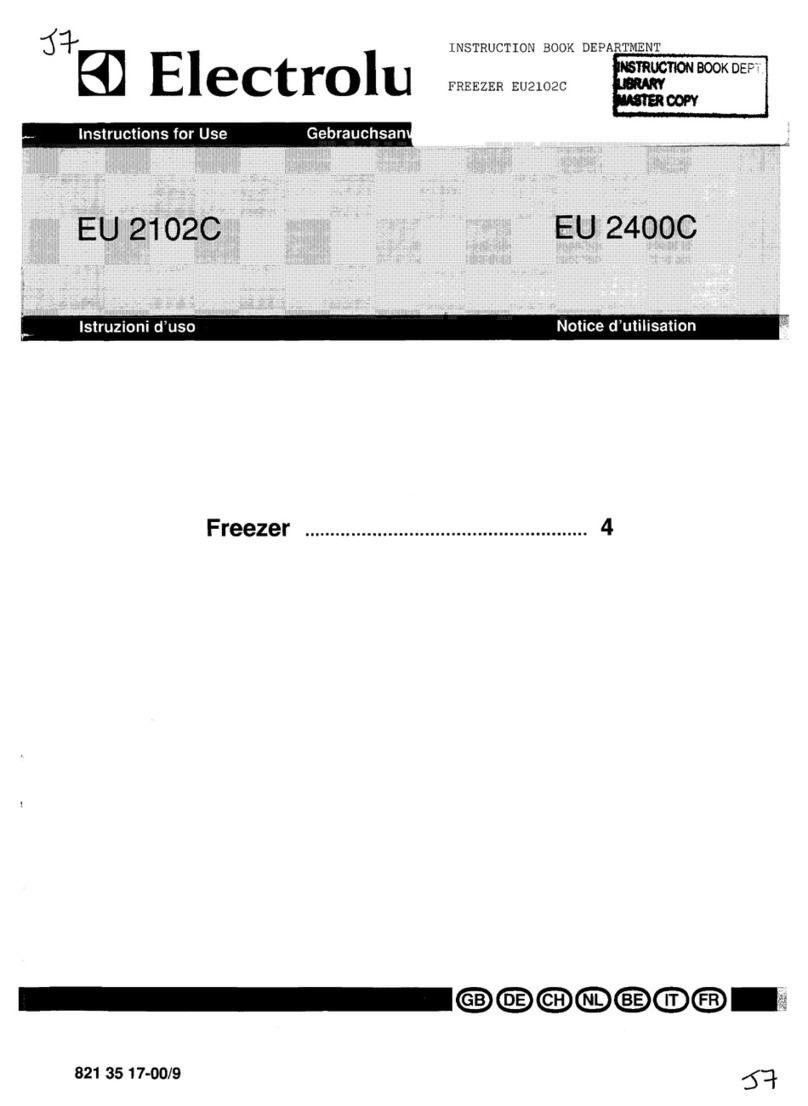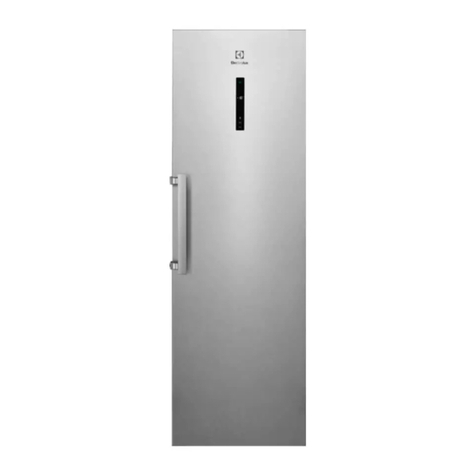
3.2 Location
This appliance is not intended to be used as
a built-in appliance.
In case of different installation from
freestanding respecting space required in use
dimensions, the appliance will function
correctly but energy consumption might
increase slightly.
To ensure appliance's best functionality, you
should not install the appliance in the place
with direct sunlight. Do not install the
appliance close to the heat source (oven,
stoves, radiators, cookers, hoods, hobs or
extractor hobs) unless otherwise specified in
the installation instruction. Make sure that air
can circulate freely around the back of the
cabinet.
This appliance should be installed in a dry,
well ventilated indoor position.
To ensure best performance, if the appliance
is positioned below an overhanging wall unit,
the minimum distance between the top of the
cabinet shall be maintained. Ideally, however,
the appliance should not be positioned below
overhanging wall units. One or more
adjustable feet at the base of the cabinet
ensure that the appliance stands level.
CAUTION!
If you position the appliance against the
wall, use back spacers provided or keep
the minimum distance indicated in the
installation instructions.
CAUTION!
If you install the appliance next to a wall,
refer to the installation instructions to
understand the minimum distance
between the wall and the side of the
appliance where door hinges are to
provide enough space to open the door
when the internal equipment is removed
(e.g. when cleaning).
This appliance is intended to be used at
ambient temperature ranging from 10°C to
38°C.
The correct operation of the appliance
can only be guaranteed within the
specified temperature range.
If you have any doubts regarding where
to install the appliance, please turn to the
vendor, to our customer service or to the
nearest Authorised Service Centre.
It must be possible to disconnect the
appliance from the mains power supply.
The plug must therefore be easily
accessible after installation.
3.3 Electrical connection
• Before plugging in, ensure that the voltage
and frequency shown on the rating plate
correspond to your domestic power
supply.
• The appliance must be earthed. The
power supply cable plug is provided with a
contact for this purpose. If the domestic
power supply socket is not earthed,
connect the appliance to a separate earth
in compliance with current regulations,
consulting a qualified electrician.
• The manufacturer declines all
responsibility if the above safety
precautions are not observed.
3.4 Rear spacers
In the bag with the documentation, there are
two spacers which must be fitted as shown in
the figure.
If you position the appliance against a wall in
a freestanding installation, install the rear
spacers in order to guarantee the maximum
possible distance.
8 ENGLISH


